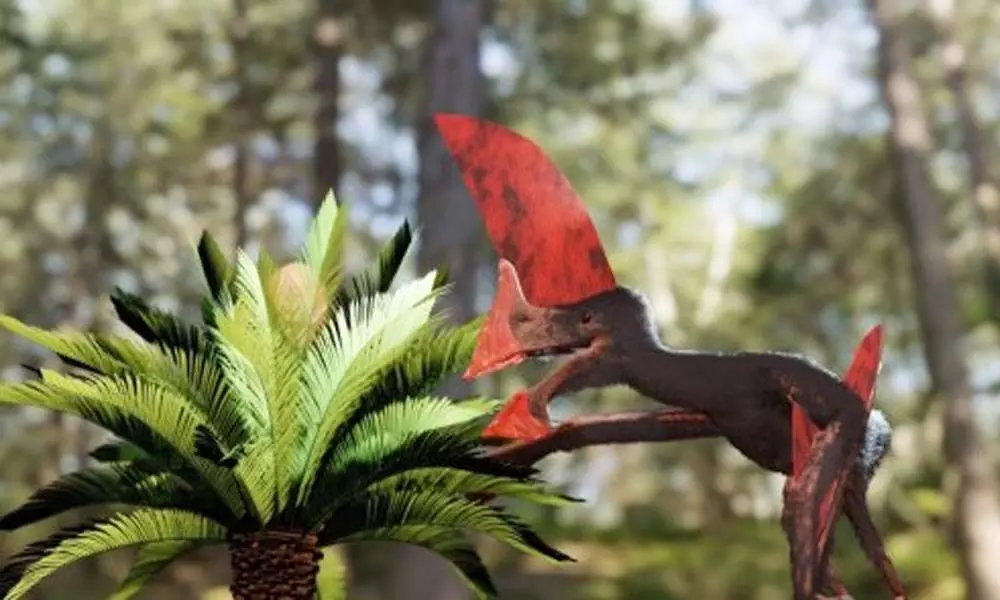Police Raid In Brazil Has Resulted In Preservation Of The Most Detailed Pterosaur Fossil Ever Discovered

- The pterosaur Tupandactylus navigans fossil was discovered amid 3,000 other specimens by the police in 2013 while investigating illegal fossil trade.
- University of So Paulo scientist Victor Beccari and colleagues recognised they had the most complete specimen of Tapejaridae.
Our scientific knowledge of an extraordinarily well-preserved flying lizard with a tremendously huge head crest has been preserved due to a police raid in Brazil. The pterosaur Tupandactylus navigans fossil was discovered amid 3,000 other specimens by the police in 2013 while investigating illegal fossil trade.
University of So Paulo scientist Victor Beccari and colleagues recognised they had the most complete specimen of Tapejaridae and also mentioned that after fitting all together 2-meter limestone slab that had been sliced into six pieces to find things simpler to cover.
CT scans revealed the incredible detail of the animal's ungainly head decoration, which was etched in the stone and measured about half of the animal's whole height, as described in a new publication by the researchers. Victor Beccari tweeted about the matter.
Since pterosaurs have brittle, loosely walled hollow bones that serve to keep lightweight for flight, they are extremely uncommon in the fossil record; before, only fragments of tapejarid skulls had been discovered. However, lack of oxygen may have helped to the extraordinary preservation of this fossil's soft crest and beak tissues, as evidenced by the absence of lake-floor dwelling creatures where the specimen was deposited.
T. navigans also had a peculiar crest dangling from its lower jaw, as shown in the beautiful paleoart that the newly discovered fossil is inspiring on Twitter. Beccari stated that this pterosaur had a wingspan of almost 2.5 metres (8.2 feet) and stood 1 metre (3.3 feet) tall (the head crest accounted for 40% of the height).
These ancient lizards may have exploited their capacity to fly to flee predators via the sky above what is now northern Brazil some 115 million years ago, according to the scientists. A bone called the notarium facilitated their flying.
The existence of the notarium, an union of the first chest vertebrae that boosts resistance to the twisting and torsion forces induced by flapping wings, confirms the pterosaur's ability to fly.
When comparing the fossil to prior discoveries, the researchers believe that some of the changes are attributable to sexual dimorphism rather than the existence of two distinct species, as previously supposed. However, more research is needed to corroborate this.

















